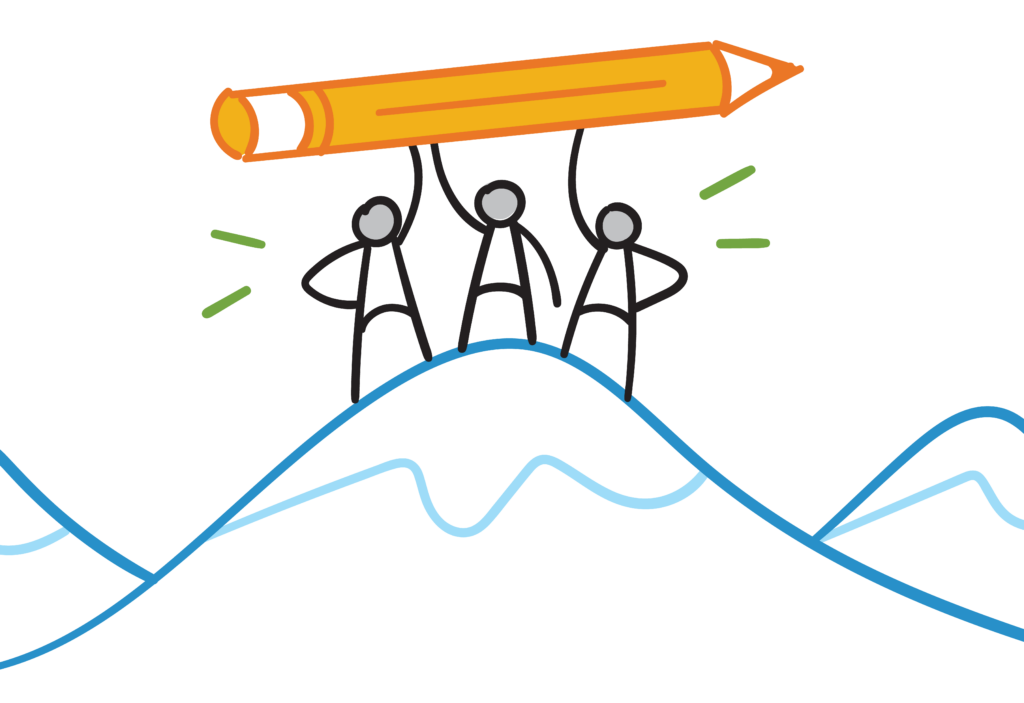Meet meeting fatigue face-to-face (part 2 of 3: the practical)
Part two in a series. Here are parts one and three.
The COVID-19 pandemic is only getting worse here in the U.S., so us office workers who can work from home are definitely going to continue working from home. This means all our meetings will remain virtual until people get smart by wearing masks and avoiding large gatherings—or until everyone can get a vaccine.
All that is to say that your Zoom burnout likely will continue to smolder. To make sure you don’t become toast, here are a few tips to help avoid the fatigue that comes with always being onscreen. In part one we covered some settings you can change to make these meetings feel different and (hopefully) better. In part two we’ll talk about some practical tips for the meeting itself.
2. Organize your virtual meetings with a little more care (and occasionally less).
Don’t just send an invite, plan an event. The effort you put in up-front will increase the value of everyone’s effort in-meeting.
Make a point to share the stage
If you’re in charge it may be your meeting, but it’s a group experience. So divvy up some of the responsibility—it will change the pace of the meeting and can help you identify potential future leaders (or who could use some coaching). When planning the agenda, farm out some of the parts that you’re able to. Obviously, also make sure you give these team members the support they need and the time to prepare.
At the start of the meeting outline the agenda and introduce your co-presenters, but let them explain what they’ll be talking about. Provide backup and clarification where needed without boss-splaining things. At the end reinforce who’s responsible for what going forward, and thank everyone for pushing the project toward success.
Plan for breaks and breakouts and breaking off
If you used to meet for an hour or more in the office you now have to make a decision. Online meetings tend to move more slowly than real-world meetings. The dynamic is less obvious and the interactions more tedious. Generally, at around the 45-minute mark people start to fade and become distracted. See if it’s possible to do some asynchronous work before and after meetings versus continuing to try to accomplish the same amount in-meeting that you used to. Clearly, some work is too important or unresolved and we’ve all come to expect 2- and 3- and 4- and more-hour meetings while working from home over the last year.
The point is to assess how productive they really are and adjust accordingly. First thing: how long does the meeting need to be? Because they move more slowly, you may be tempted to extend the virtual meeting. If that’s necessary, the second thing to make sure to do is to schedule regular breaks and make them happen. Give people enough time to use the bathroom, make a cup of tea, etc. But you also should consider shortening your meetings. Go 45 minutes instead of an hour. Go 25 minutes instead of half an hour. End 10 minutes before the top of the hour—anything to give people padding between meetings.
Finally, accomplish more by creating breakouts groups, meaning you essentially can have multiple meetings happening within the main one. Zoom makes this easy and if you’re truly “sharing the stage” more, you now have several people ready to run these breakouts groups. Twelve people in a one-hour meeting adds up to 12 hours; if you can organize three breakout groups to spend 30 of those minutes working on different things simultaneously you can save some of everyone’s time.
Get away from the desk
Sitting is the new smoking, right? If feasible, forget the cameras, forget sharing documents, forget live sketching. Just have a conversation. Invite everyone to take a walk or do the laundry or simply pace around their home during a simple, old-fashioned audio-only phone call (even if it is run through virtual meeting software). It can be both a relief and an energy boost—and it can free you from the temptation to multitask at your computer.
Sometimes good conversation is all you need—and sometimes it moves faster if you loosen the reins. Maybe your whole office is located in the same city and it’s a nice day. Invite people to get out (if they can), or at least get away from their desk or couch or dining room table or under-stairs closet or attic or wherever their seemingly never-ending WHF nightmare takes place.
Back in the spring, everything you read probably said to keep your camera on to create connection during virtual meetings. But that was a long time ago and I’m thinking our most of our connections have become pretty damn connected by now.
To sum up, these practical suggestions can introduce variety and organization, helping to reduce Zoom fatigue: share the stage, plans for breaks, and go old school.
Drawings by Tremendousness.
Previously: Reconsider the settings on your virtual meeting software.
Up next: Find the right combination of stoic self-control and compassionate self-care.
